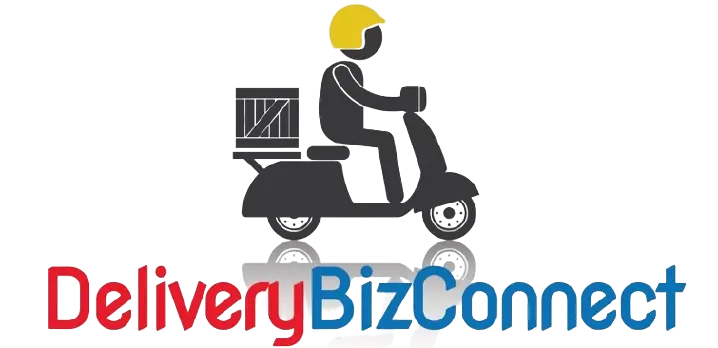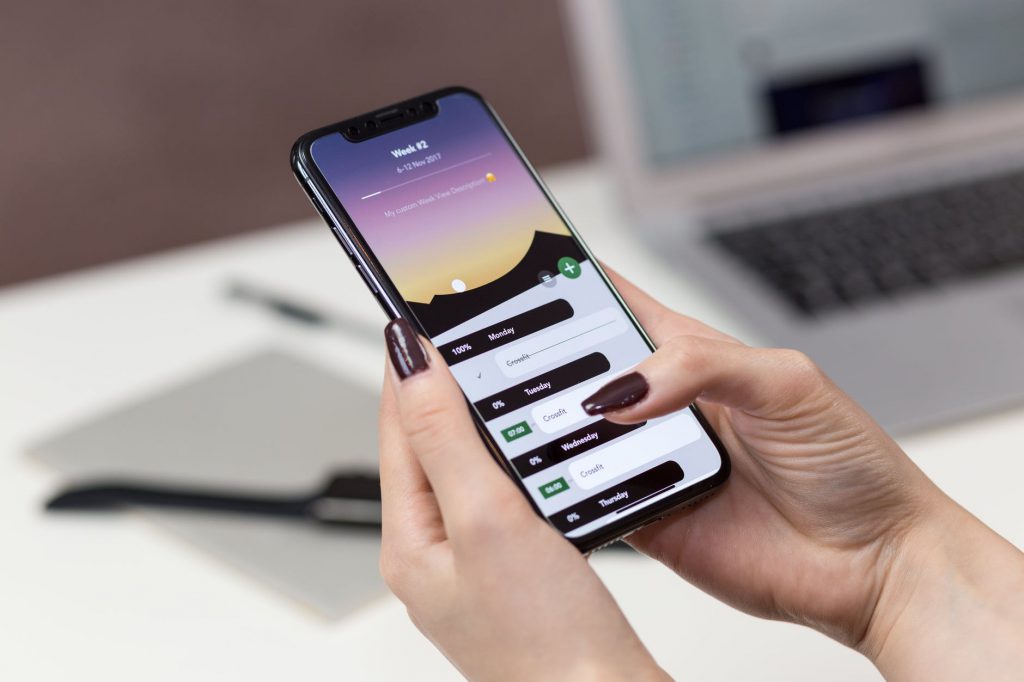
Assuming there were 10 delivery apps you must try for your restaurant, what would they be and how would you rank them? We’ve done our homework to see which ones are worth your time, literally sifting through dozens of third-party delivery apps on Google Play and App Store.
We’ll be focusing on key areas considered crucial for your survival such as reach (total number of users), profit margin (commissions & delivery fees), and the app’s main selling point.
1. DeliveryBizConnect
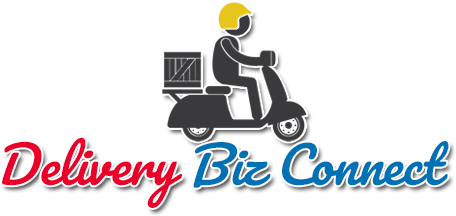
- Commission Fee: 0% (instead of paying commissions, restaurants pay 3.33% delivery cost including system access fee)
- Delivery Fee: $4.99 (set by restaurant)
DeliveryBizConnect came out as a response to the call of many restaurant owners in dire need of help at the height of the pandemic. This app stands out among all others as being truly restaurant and customer-friendly. Its main goal is to help owners stay afloat by offerring 3.33% Deliveries which in turn reduces markup cost for their customers, so it’s a win-win on both sides.
By far, it’s the only app on our list that offers total control on how restaurants could profit from their businesses. They get to decide how much delivery fees to collect, minimum orders (if any), payment method, closing hours, etc. It comes with all the standard features like delivery tracking, push notifications, geofencing, curbside pickups, and even works as a contract tracing app.
DeliveryBizConnect is more than just a delivery app. It’s a full suite of tools for restaurants and similar businesses with features like CRM, sales and marketing automation, 3-page website (great for online and touchless ordering), branded mobile app, loyalty program, referral program, and has addded its newest features, the POS and Check-in/out module for contact tracing (also great for signing customers up for newsletter and updates).
DeliveryBizConnect is continuously being developed to meet the growing needs of restaurants, other businesses, and delivery drivers, especially those who have been affected by rising unemployment rates (opportunities for delivery drivers working with local restaurant owners).
2. DoorDash
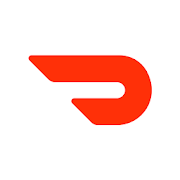
- Commission Fee: 20%
- Delivery Fee: $5-$8
DoorDash is among the ‘Big 3’ in North America alongside Grubhub and Uber Eats. It’s currently available in more than 4,000 cities across the U.S., Canada, and Australia.
DoorDash accepts Google Pay, Apple Pay, card payments and has an optional loyalty program (DashPass) which waives delivery fees on orders upwards of $12. It has no minimum order required and offers real-time delivery tracking. Customers like it for being one of the most user-friendly and among the fastest in terms of delivery.
3. Uber Eats
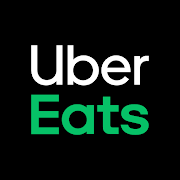
- Commission Fee: 30%
- Delivery Fee: $2-$8
Although second only to DoorDash, Uber Eats has become more ubiquitous, connecting local restaurants to customers in more than 6,000 cities across 45 countries worldwide. Standard features include real-time tracking, hassle-free ordering, and curbside pickups.
Uber Eats accepts payments via PayPal, credit and debit cards, but is also experimenting cash payments in certain areas. Users pay a “small order” fee on orders that fall below a certain minimum. Like DoorDash, it has a loyalty program (Eats Pass) offering zero delivery fee, plus 5% off on orders $15 and above. Customers like it just by the fact that it’s everywhere and among the easiest to come by.
4. Grubhub
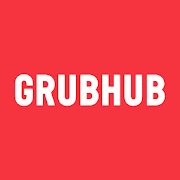
- Commission Fee: 30% (marketing fee included)
- Delivery Fee: $4-$8 (set by restaurant)
Grubhub is among the first food delivery service predating DoorDash and Uber Eats. It’s available in all 50 states in the U.S. with 115,000 associated restaurants across 3,200 cities. Features are also very similar to Uber Eats with things like delivery tracking and curbside pickups.
Grubhub accepts card payments, PayPal, Google Pay, Apple Pay, and even cash. “Small order” fee will apply on orders below $10. It also has a loyalty program (Grubhub+) offering zero delivery fees much like in DoorDash and Uber Eats. Customers like being able to split the bill for group food orders via Venmo integration as well as quick ordering using Favorites and Quick Re-order.
5. Postmates
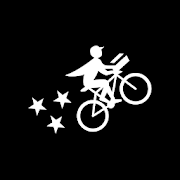
- Commission Fee: 30%
- Delivery Fee: $0.99-$3.99 (partner merchants)/$5.99-$9.99 (non-partner merchants)
Postmates connects more than 500,000 local and national restaurants and retailers to customers in 4,200 cities across the U.S. It features real-time order tracking, pickup and takeout orders as well as a loyalty program (free delivery on orders over $12 with an Unlimited Membership).
Postmates has partnered up with popular names like McDonald’s, Burger King, Taco Bell, Wendy’s and Starbucks, and only accepts Google Pay, Apple Pay, and card payments. The app collects a “small cart” fee on orders below the minimum. New customers can take advantage of the $100 delivery fee credit valid for 14 days upon redemption (code: EATNOW) which is great for customer acquisition.
6. Seamless
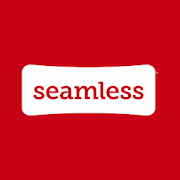
- Commission Fee: 30% (marketing fee included)
- Delivery Fee: $4-$8 (set by restaurant)
Seamless became a part of Grubhub Inc. after its merger in May 2013. It’s a much older company and had a larger market compared to Grubhub. Seamless currently partners with over 12,000 restaurants and serves 4,000 companies. It’s available in over 900 cities in the U.S.
Seamless is strikingly similar in many ways to Grubhub from the user experience to fees and payment method. One extra feature is the “Preorder” which allows customers to place an order 2 hours to up to 4 days in advance (Seamless had this feature as a catering service before the merger). It also has “Express Reorder” similar to Grubhub, and of course, Venmo integration for group orders so everyone gets their food all at the same time.
7. Skip the Dishes

- Commission Fee: 20%
- Delivery Fee: $4-$7 (set by restaurant/free, depending on minimum order)
Skip the Dishes is Canada’s most popular food delivery app serving more than 25,000 restaurants nationwide, including popular brands like McDonald’s, Tim Horton’s, Wendy’s, 7-Eleven, KFC, and more. It’s also available in major cities across the U.S.
Skip the Dishes comes with all the standard features like delivery tracking, curbside pickup, and re-order function. Its loyalty program doesn’t offer free deliveries but comes in the form of referral bonuses, cash backs, coupons, and discounts. Skip the Dishes is quite competitive when it comes to commission fees and delivery fees. It also offers grocery deliveries which made it one of the most-used apps during the pandemic.
8. Deliveroo

- Commission Fee: 30% (5% when doing staff deliveries)
- Delivery Fee: variable (distance-based)
Deliveroo is a London-based food delivery company operating in over 200 cities across 12 countries worldwide. It’s currently being used by more than 35,000 restaurants and well-known brands such as KFC and Pizza Hut. It also delivers grocery items.
Deliveroo accepts PayPal and card payments. It has the standard features like delivery tracking, curbside pickups, and has a loyalty program (Deliveroo Plus) offering unlimited free deliveries to subscribers. It also started introducing a “small order” fee on orders below $10. Deliveroo has an “offers” tab which allows customers to find the best deals on quality food items.
Deliveroo’s selling point from a restaurant owner’s perspective is the commission fee, which makes it a great “in-between” from using third party deliveries to doing staff deliveries. This allows for a smoother transition until you’re ready to start having your own food delivery system.
9. Zomato
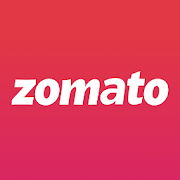
- Commission Fee: 7-15%
- Delivery Fee: 1$-2$ (USD conversion)
Zomato is an Indian food delivery service open in more than 10,000 cities across 24 countries worldwide including Canada and the U.S. Its rapid growth comes mainly from aggressive marketing, even as far as dropping the commission fee at some point for qualified restaurants.
Features are pretty much what you’d expect from similar apps such as delivery tracking but with an added “Book a Table” functionality for restaurant check-ins (available in selected markets). Zomato accepts card payments, PayPal, and Paytm. It doesn’t have a minimum order. Signing up to Zomato Pro entitles users to promos, exclusive bonuses, discounts. It also tells users what their friends were ordering and what they like best. Overall it’s a great way for getting more exposure and as a customer acquisition tool.
10. Foodpanda

- Commission Fee: 15%
- Delivery Fee: 1$-2$ (USD conversion)
Foodpanda is a subsidiary of Delivery Hero SE after its acquisition in December 2016. It’s based in Germany and currently working with over 27,000 restaurants across 50 countries worldwide (Asia, Europe, Latin America, Middle East, and Africa). This includes popular brands within the locality. You can think of it as the European counterpart of Uber Eats and Postmates.
Foodpanda comes with all the standard features such as delivery tracking and has a minimum order of $10. Users can also get their groceries done through the app. It has a referral program which is great for customer acquisition as well as discounts and coupons to encourage customer loyalty. By far, it’s one of the strongest competitors when it comes to commission fees and delivery fees outside Canada and the U.S.
Where Do We Go from Here?
We recommend testing these apps for your restaurant and find out which are the better ones at getting new customers. Go for two or more apps whenever possible to maximize your chances. Get familiar on how the app works and visualize how you can apply this to your restaurant when you start doing your own deliveries.
When you’re confident enough, introduce staff deliveries little by little (Deliveroo might help you with this using the 5% commission fees when doing your own delivery). Eventually, you’d be very good at handling food deliveries that you can start having your own food delivery system with your own personal branding on it.
We’ve prepared a video that explains everything in greater detail.

Need Small Business Advice?
We want to reach out and talk with you through our FREE 45-minute business consultation where we can discuss some solutions to get you through the new reality.
We lay out every possible means to keep you in business, whether it’s through LinkedIn, Facebook, Twitter, email series, sales funnels, landing pages or business directories.
Download SBD Sales and Marketing Automation App for your mobile and keep tabs on your business in the comfort of your homes.
